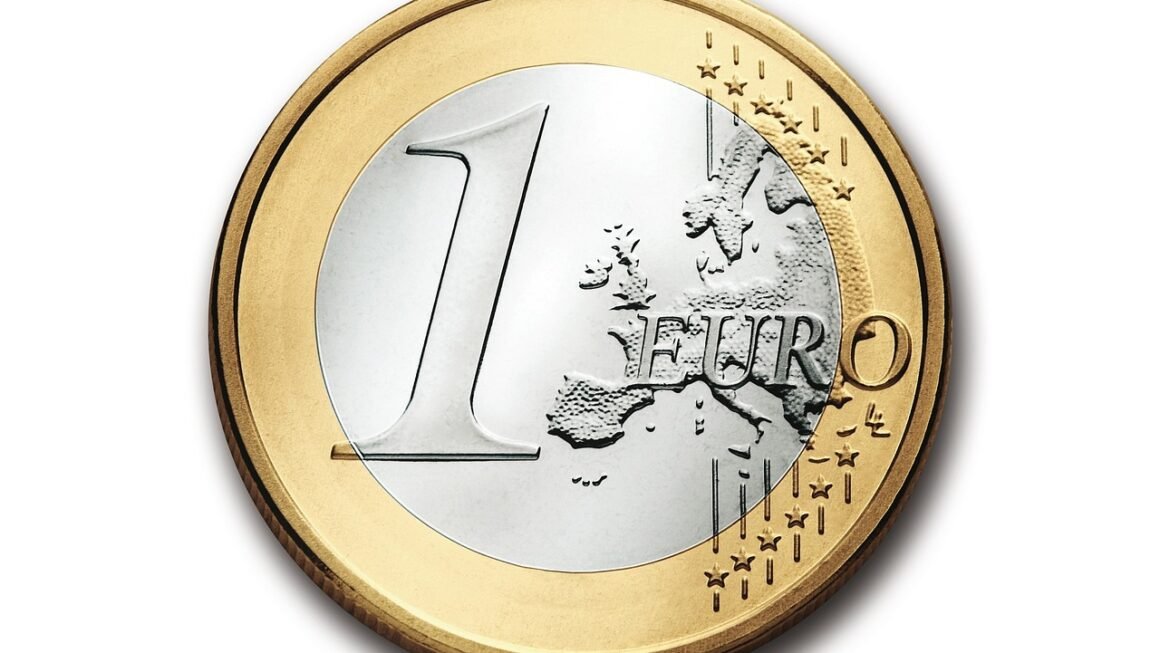Crafting a successful business is more than just having a great idea; it’s about having a solid plan for how your idea will generate revenue and achieve sustainable growth. This is where the business model comes into play – a blueprint for how a company creates, delivers, and captures value. Understanding different types of business models and choosing the right one is crucial for success in today’s competitive market. This article will explore the key components of a business model and delve into various types, providing you with the knowledge you need to develop a winning strategy.
What is a Business Model?
Defining the Core Concept
A business model is essentially a company’s plan for making a profit. It identifies the products or services the business plans to sell, its target market, and any anticipated expenses. Crucially, it articulates how the company will differentiate itself from competitors and how it intends to generate revenue. Think of it as a roadmap outlining your value proposition, operational infrastructure, customer relationships, and financial viability.
Key Components of a Business Model
A robust business model encompasses several critical components that work together to ensure success. These include:
- Value Proposition: What unique value do you offer to your customers? What problem do you solve for them, or what needs do you fulfill? This is at the heart of your business model.
- Target Market: Who are your ideal customers? Understanding their demographics, psychographics, and buying behaviors is crucial for tailoring your product and marketing efforts.
- Revenue Streams: How will you generate income? This can include direct sales, subscriptions, licensing, advertising, and more.
- Cost Structure: What are the major costs associated with your business? This includes fixed costs (rent, salaries) and variable costs (materials, marketing spend).
- Key Activities: What essential activities must you perform to deliver your value proposition? This could include product development, marketing, sales, customer service, or operations.
- Key Resources: What resources do you need to operate your business successfully? This could include physical assets, intellectual property, human capital, or financial resources.
- Key Partnerships: Which strategic partnerships can help you leverage resources, reduce costs, or expand your reach?
- Customer Relationships: How will you interact with your customers? This could include personal assistance, self-service, automated services, or community building.
- Channels: How will you reach your target market and deliver your product or service to them? This could include direct sales, online marketplaces, retail stores, or distributors.
Why is a Strong Business Model Important?
A well-defined business model offers several key benefits:
- Attracts Investment: Investors want to see a clear and compelling plan for how your business will generate revenue and profitability.
- Guides Decision-Making: Provides a framework for making strategic decisions about product development, marketing, and operations.
- Identifies Competitive Advantages: Helps you understand how you differentiate yourself from competitors and create a sustainable competitive edge.
- Facilitates Growth: Provides a roadmap for scaling your business and expanding into new markets.
- Ensures Financial Viability: Helps you understand your revenue streams, cost structure, and profitability.
Common Types of Business Models
Subscription Model
The subscription model involves charging customers a recurring fee (monthly, quarterly, or annually) for access to a product or service.
- Examples: Netflix (streaming services), Salesforce (software), Dollar Shave Club (grooming products)
- Benefits: Predictable revenue streams, strong customer relationships, and the ability to scale quickly.
- Challenges: High customer acquisition costs, the need to continuously provide value, and the risk of churn.
Freemium Model
The freemium model offers a basic version of a product or service for free, while charging for premium features or functionality.
- Examples: Spotify (music streaming), LinkedIn (professional networking), Dropbox (cloud storage)
- Benefits: Large user base, high conversion rates, and the ability to generate revenue from a small percentage of users.
- Challenges: Balancing the free and paid offerings, converting free users to paid subscribers, and maintaining a low cost of service for free users.
E-commerce Model
The e-commerce model involves selling products or services online, typically through a website or online marketplace.
- Examples: Amazon (online retail), Etsy (handmade and vintage goods), Shopify (e-commerce platform)
- Benefits: Global reach, lower overhead costs, and the ability to collect data on customer behavior.
- Challenges: Intense competition, high marketing costs, and the need to manage shipping and logistics.
Advertising Model
The advertising model generates revenue by selling advertising space on a website, app, or other platform.
- Examples: Google (search engine), Facebook (social media), YouTube (video sharing)
- Benefits: High profit margins, the ability to reach a large audience, and the potential for recurring revenue.
- Challenges: Reliance on advertising revenue, the need to maintain a high level of engagement, and the risk of alienating users with too much advertising.
Marketplace Model
The marketplace model connects buyers and sellers on a platform, taking a commission on each transaction.
- Examples: Airbnb (accommodation), Uber (ride-sharing), eBay (online auction)
- Benefits: Scalability, low capital requirements, and the ability to leverage the resources of other businesses.
- Challenges: Building trust between buyers and sellers, managing quality control, and attracting both buyers and sellers to the platform.
Razor and Blades Model
The razor and blades model involves selling a product at a low price (the “razor”) and then selling complementary products or services at a higher price (the “blades”).
- Examples: Printers and ink cartridges, gaming consoles and games, coffee machines and coffee pods.
- Benefits: Creates a lock-in effect, generating a predictable revenue stream from repeat purchases.
- Challenges: Reliance on selling complementary products, potential for customers to switch to cheaper alternatives.
Creating Your Own Business Model
Identifying Your Value Proposition
The first step in creating a successful business model is to clearly define your value proposition. What problem are you solving for your customers, or what need are you fulfilling?
- Tips: Conduct market research to identify customer needs and pain points. Analyze your competitors to understand their strengths and weaknesses. Focus on delivering a unique and compelling value proposition that differentiates you from the competition.
Defining Your Target Market
Understanding your target market is crucial for tailoring your product and marketing efforts.
- Tips: Create detailed customer personas that represent your ideal customers. Research their demographics, psychographics, and buying behaviors. Use this information to develop targeted marketing campaigns and product features.
Choosing Your Revenue Streams
There are many different ways to generate revenue, so it’s important to choose the right revenue streams for your business.
- Tips: Consider your target market, value proposition, and cost structure when choosing your revenue streams. Explore different options, such as direct sales, subscriptions, advertising, licensing, or commissions. Experiment with different pricing models to find the optimal price point.
Mapping Your Key Activities and Resources
Understanding your key activities and resources is crucial for optimizing your operations and reducing costs.
- Tips: Identify the essential activities that you must perform to deliver your value proposition. Determine the resources you need to operate your business successfully. Streamline your operations and leverage technology to improve efficiency.
Identifying Key Partnerships
Strategic partnerships can help you leverage resources, reduce costs, and expand your reach.
- Tips: Identify potential partners who can complement your strengths and address your weaknesses. Look for partners who share your values and have a strong track record. Develop win-win partnerships that benefit both parties.
Testing and Refining Your Business Model
The Importance of Validation
Once you’ve developed your initial business model, it’s important to test and validate it before launching your business. This will help you identify any potential flaws in your plan and make necessary adjustments.
Methods for Testing Your Business Model
- Customer Interviews: Conduct interviews with potential customers to get feedback on your value proposition, product features, and pricing.
- Surveys: Use surveys to gather data on customer preferences, market size, and competitive landscape.
- A/B Testing: Experiment with different versions of your product or marketing materials to see which ones perform best.
- Minimum Viable Product (MVP): Launch a basic version of your product to test its viability and gather user feedback.
Iteration and Adaptation
Your business model is not set in stone. Be prepared to iterate and adapt as you learn more about your customers, your market, and your competitors. Continuously monitor your performance, gather feedback, and make adjustments to your business model as needed.
Conclusion
Developing a strong business model is essential for long-term success. By understanding the key components of a business model, exploring different types of models, and testing and refining your approach, you can create a winning strategy that positions your business for growth and profitability. Remember to focus on delivering a unique value proposition, understanding your target market, and continuously adapting to the changing market conditions.


